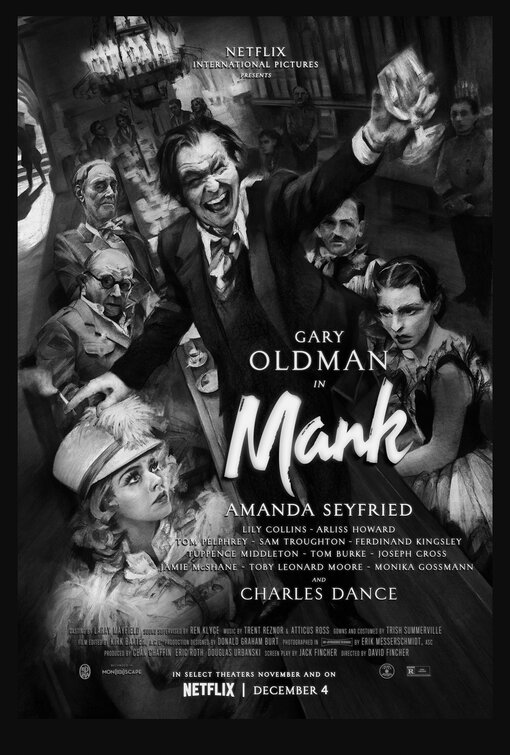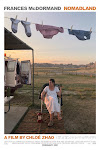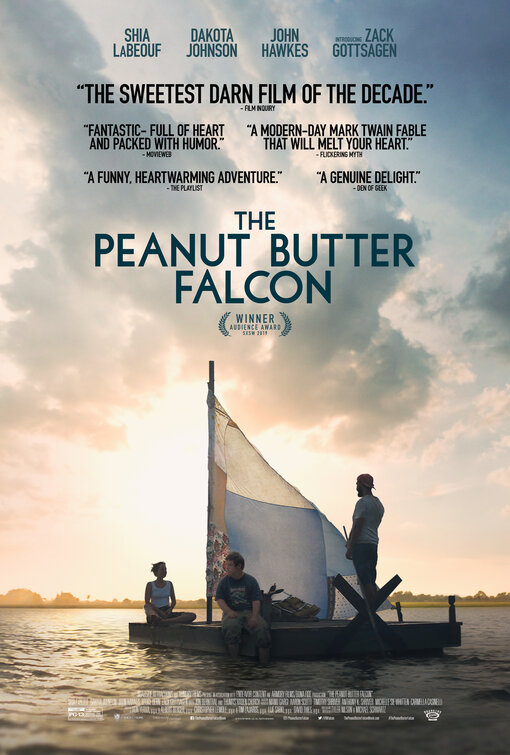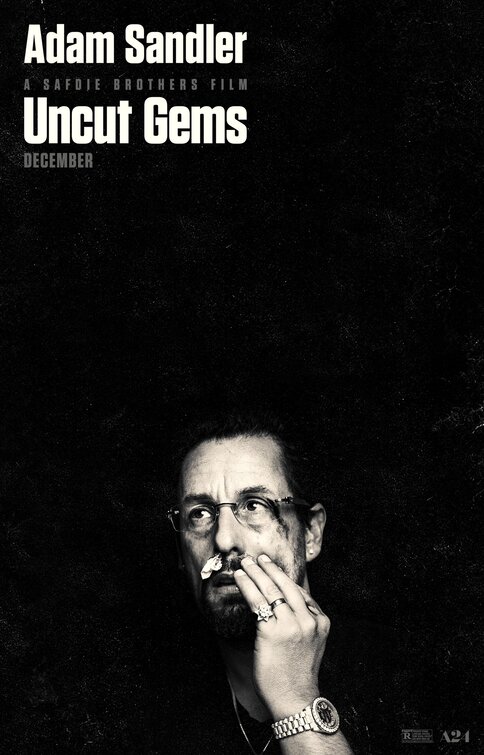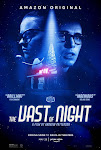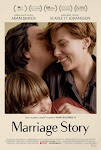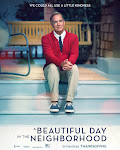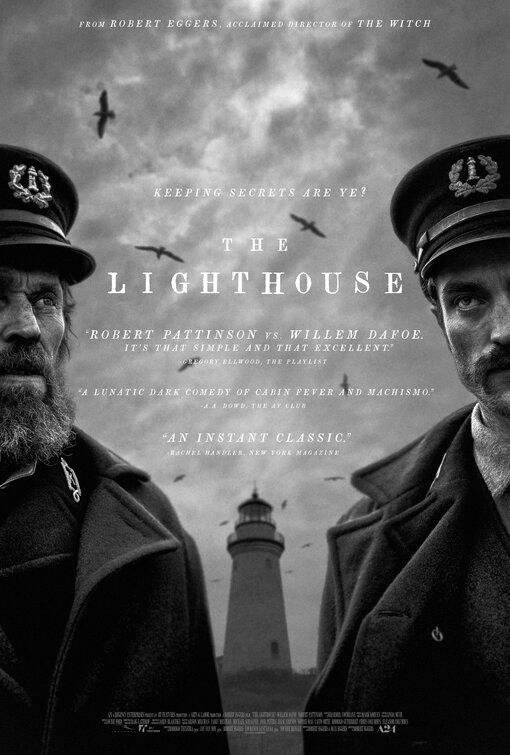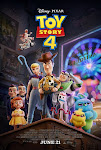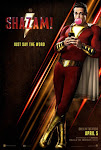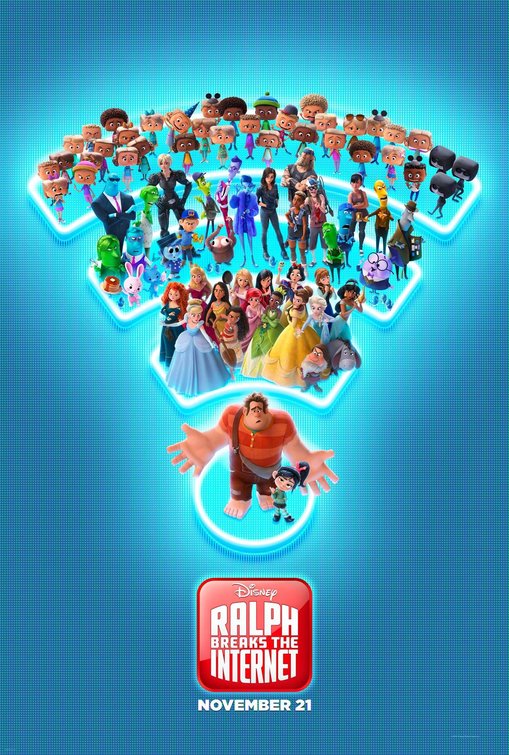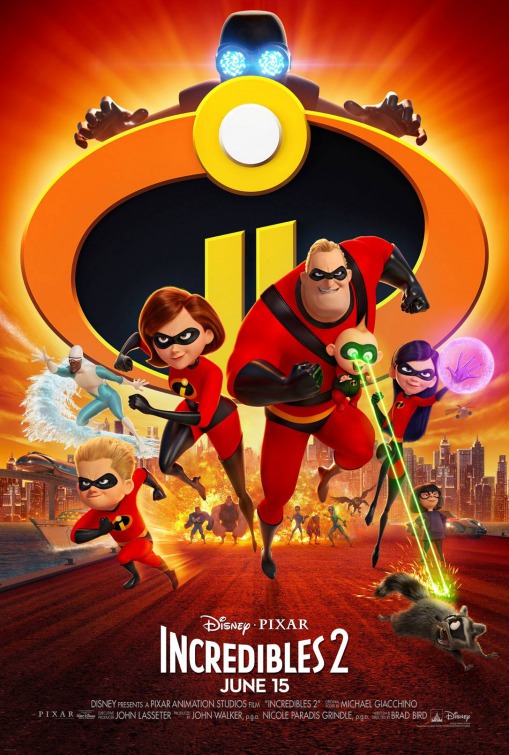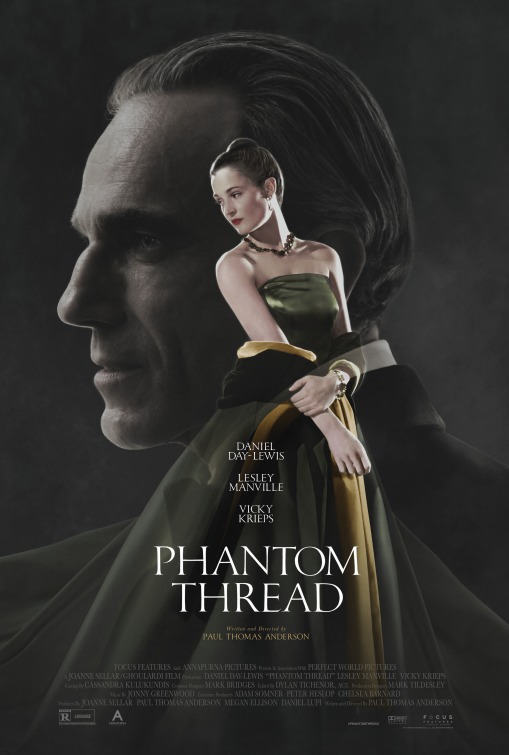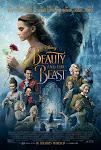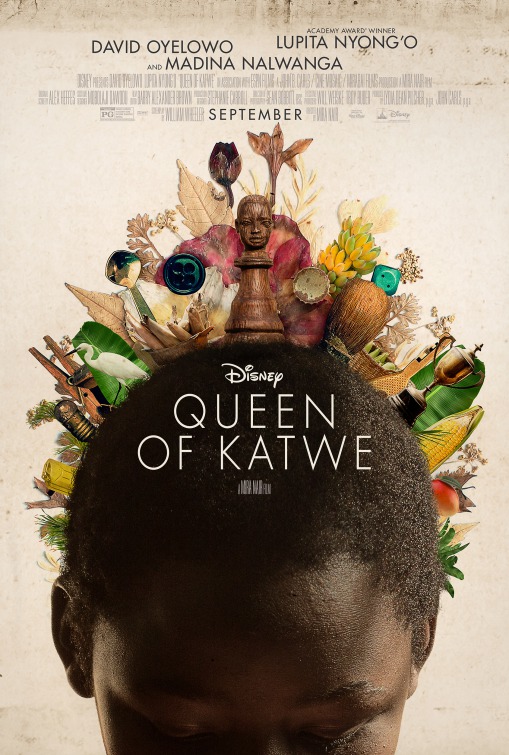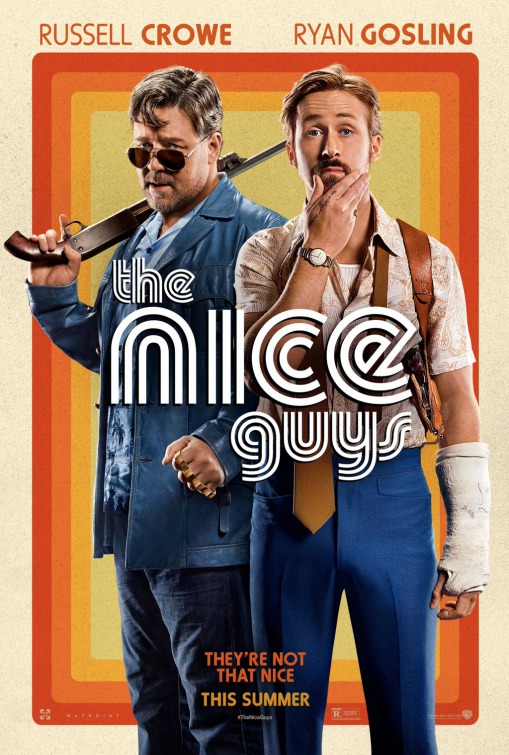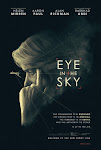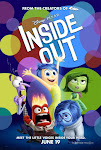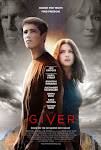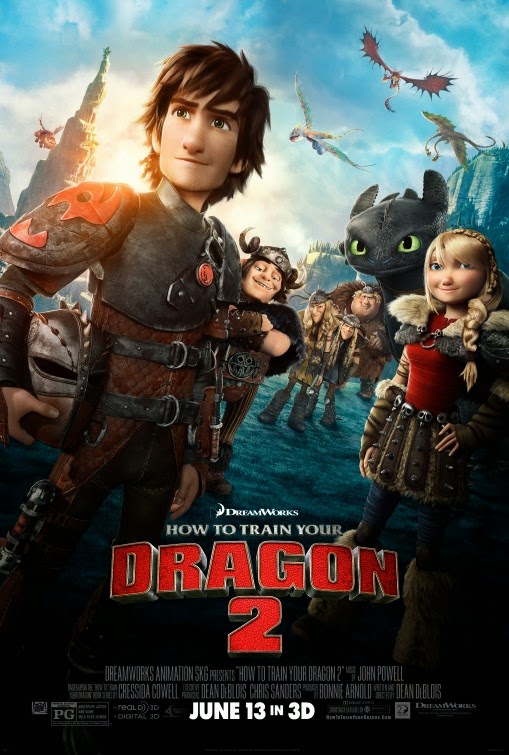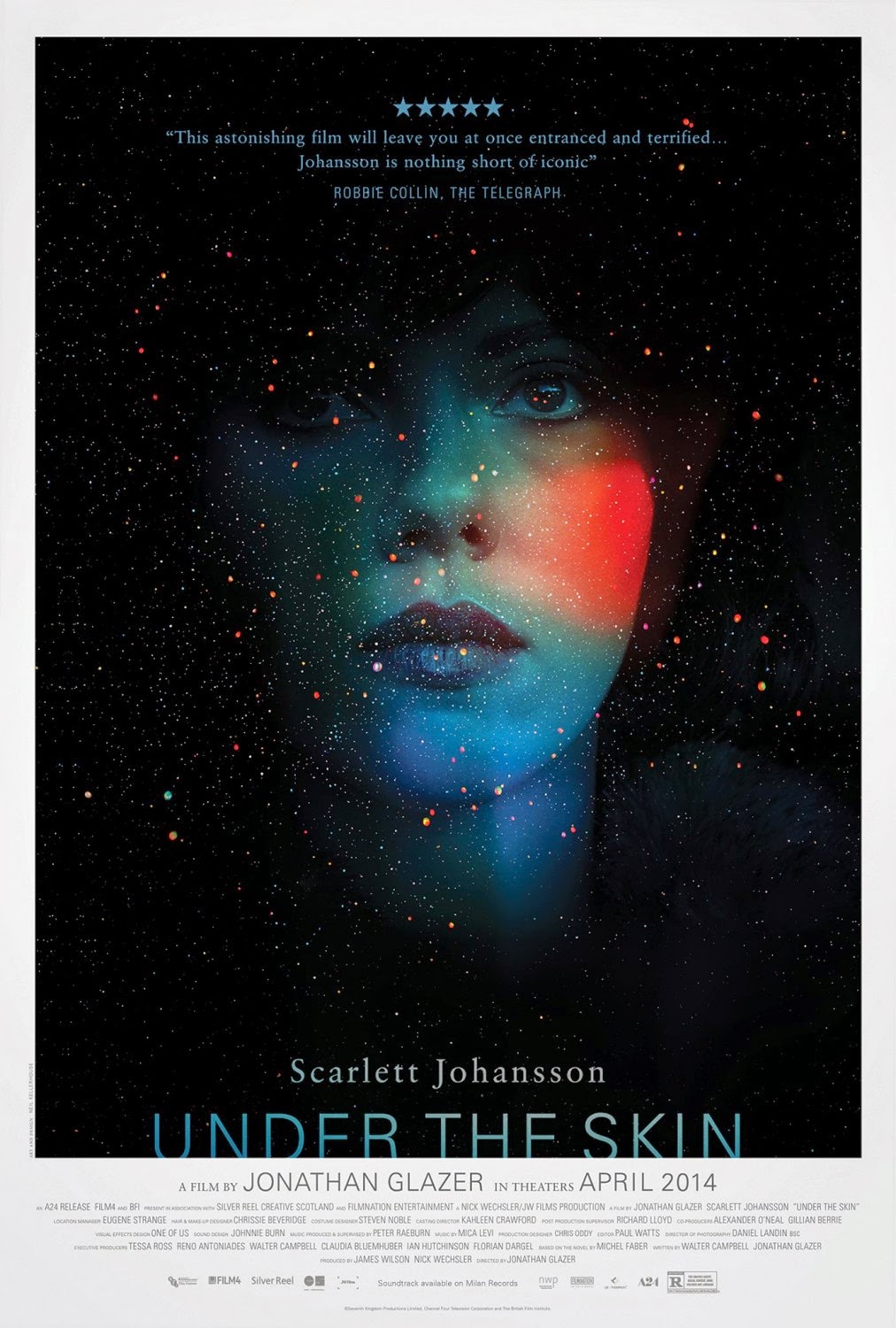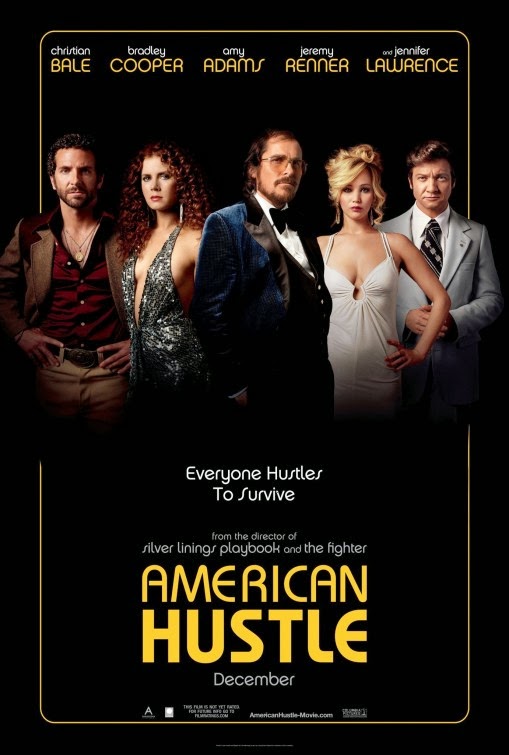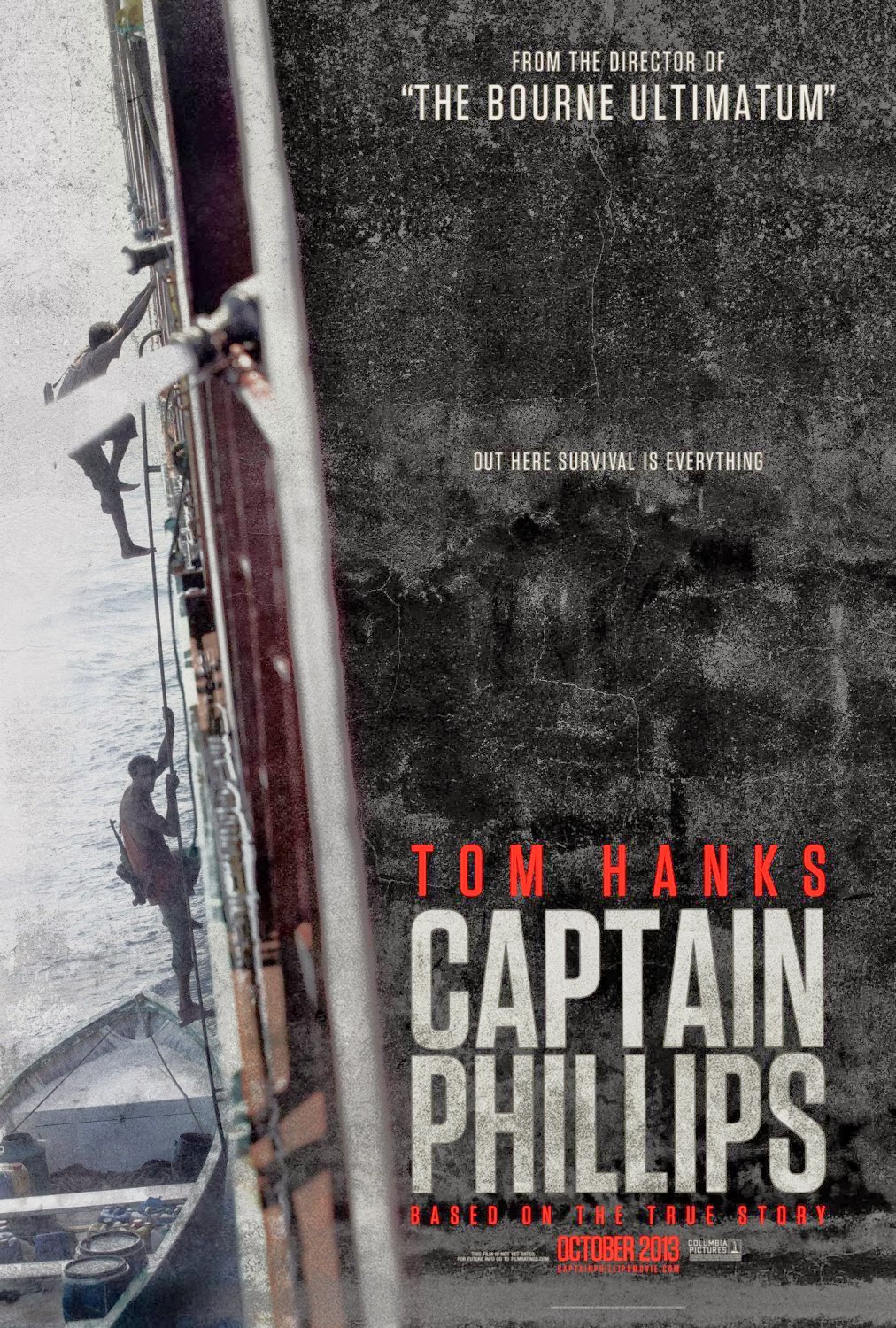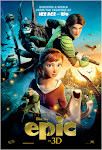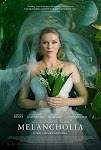Coastal View News
“Beasts of the Southern Wild” is a very simple story about a
little girl, her dad, and their will to thrive in conditions that are hardly
survivable. Yet, this movie is also rich and complex and way more interesting
than any description might suggest. It requires looking at, hearing,
feeling—this movie has to be experienced.
“Beasts of the Southern Wild” looks and feels kind of like
one of those artsy Levi’s Jeans commercials—the ones with breathy voiceover,
Wagner music, and kids running in the street with sparklers. Now, unlike the
Levi’s commercials, which you at least want
to hate because they are supposed to be deep and interesting and avant-garde
but they are really just selling you denim after all, the look and feel of “Beasts
of the Southern Wild” is unequivocally affecting, and it actually adds
something of value to the movie.
For instance, the look and feel of this movie’s setting is
important. It takes place in an extremely impoverished (and technically
fictional) area near New Orleans called ‘the Bathtub’. Residents of the Bathtub
live in what look to be modified mobile homes. They look like mobile homes just
because they are rectangular, plain, and dingy; and they are “modified” just in
the sense that they are propped up and slapped together mostly with sheet
metal, plywood, chicken wire and assorted bits of refuse. On the inside, these
homes are cluttered, unkempt, and about as filthy as filthy gets (I cannot
emphasize this last point enough).
The Bathtub looks and feels like a poverty-stricken
wasteland. Yet, there is also something surprisingly upbeat about this place. The
residents want to be there. They think that the Bathtub is the most beautiful
place on earth. Sure, they are poor and sick; they shuffle around in mud and garbage
all day, and every single night they get blackout drunk on moonshine and cheap
beer. But these folks live this way with unshakable enthusiasm, spirit—even
defiance. They want to live this way. They choose
to live this way. The Bathtub is home.
The Bathtub’s most upbeat and defiantly hopeful resident is
Hushpuppy (Quvenzhane Wallis). Hushpuppy is a six-year-old girl. One might say
that she lives with her dad, Wink (Dwight Henry), but that would be misleading
since Wink comes and goes as he pleases and pretty much leaves Hushpuppy to her
own devices. Really, Hushpuppy is her own woman. She roams freely. She is bold
and fearless. She hardly every cries, whines, asks for more food, or complains about
anything. Hushpuppy embraces the Bathtub; she looks at the squalor and calls it
wonderful.
Then a hurricane comes. Rain and wind assail the Bathtub and
its flimsy shanties. Hushpuppy’s squalid home becomes one big dirty ocean.
There is nowhere to run, nowhere to hide, and no one to look to for help.
Yet, miraculously, many of the Bathtub’s denizens survive.
They—including Hushpuppy and her dad—come together, work together, live
together, and find a way to make life livable. And Hushpuppy thrives. Her
attitude and personality, both of which are ridiculously endearing, develop and
deepen even despite her tribulations. Her optimism and courage don’t flag even
one tiny little bit.
Hushpuppy is a force of nature. And it is her character that
really drives “Beasts of the Southern Wild”. Quvenzhane Wallis’ acting is
mindboggling. It is difficult to imagine how Wallis could possibly not really
be Hushpuppy in real life. Her infectiously courageous attitude—more like her spirit—seems to come from somewhere deep
down. It seems like the kind of thing that cannot be faked or produced at will.
Without that spirit, I’m not sure “Beasts of the Southern Wild” would be all
that good.
But this movie is
all that good. It evokes a very complex and probably hard to evoke kind of
feeling. That feeling involves sadness—a very deep sort of sadness that comes
from witnessing an innocent little girl subjected to the most awful and
terrifying conditions. However, the feeling that I am talking about also
involves the sense that, despite all the sadness, misery, and ugliness in the
Bathtub, there is something good and right and beautiful going on there too. Hushpuppy
is a hero. And it may just be because she is able to see the goodness in her
suffering, because she is courageous in the face of horror, and because she is
tested in ways that no six-year-old should be tested, that Hushpuppy and
“Beasts of the Southern Wild” are so worthy of our admiration.




